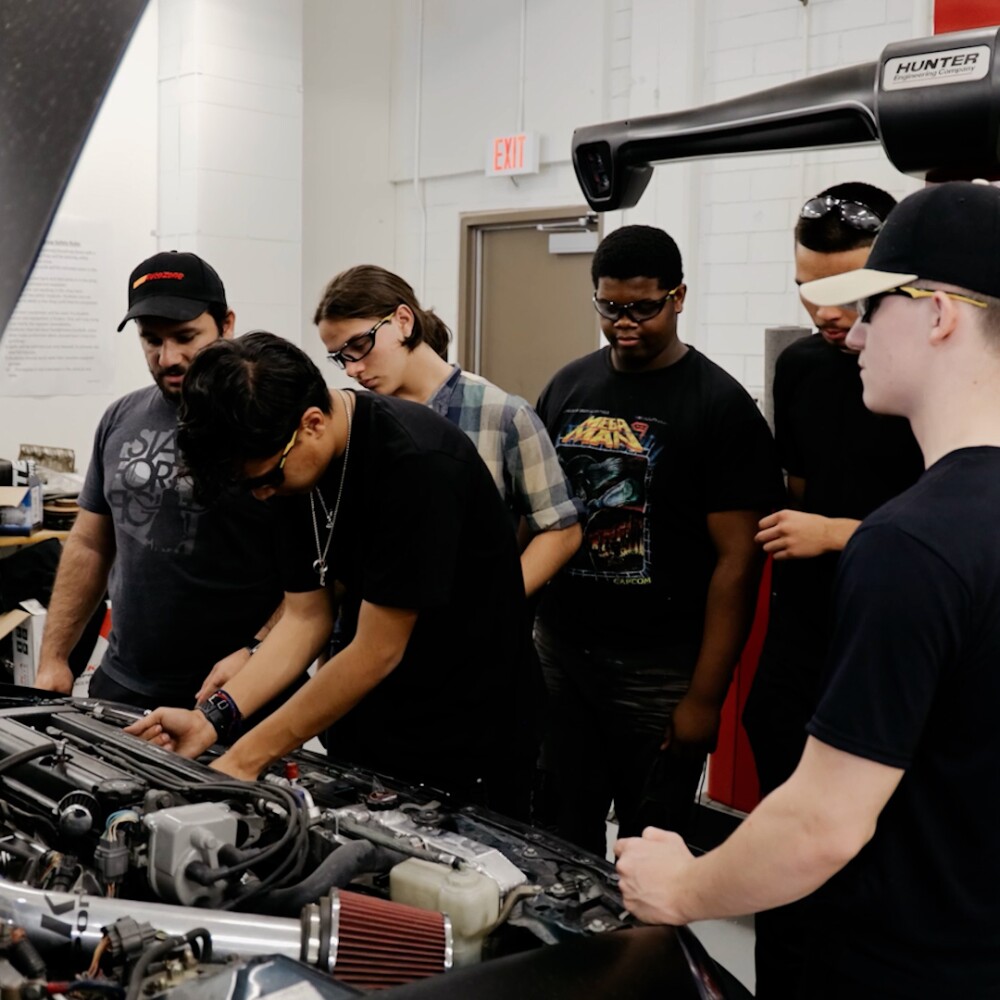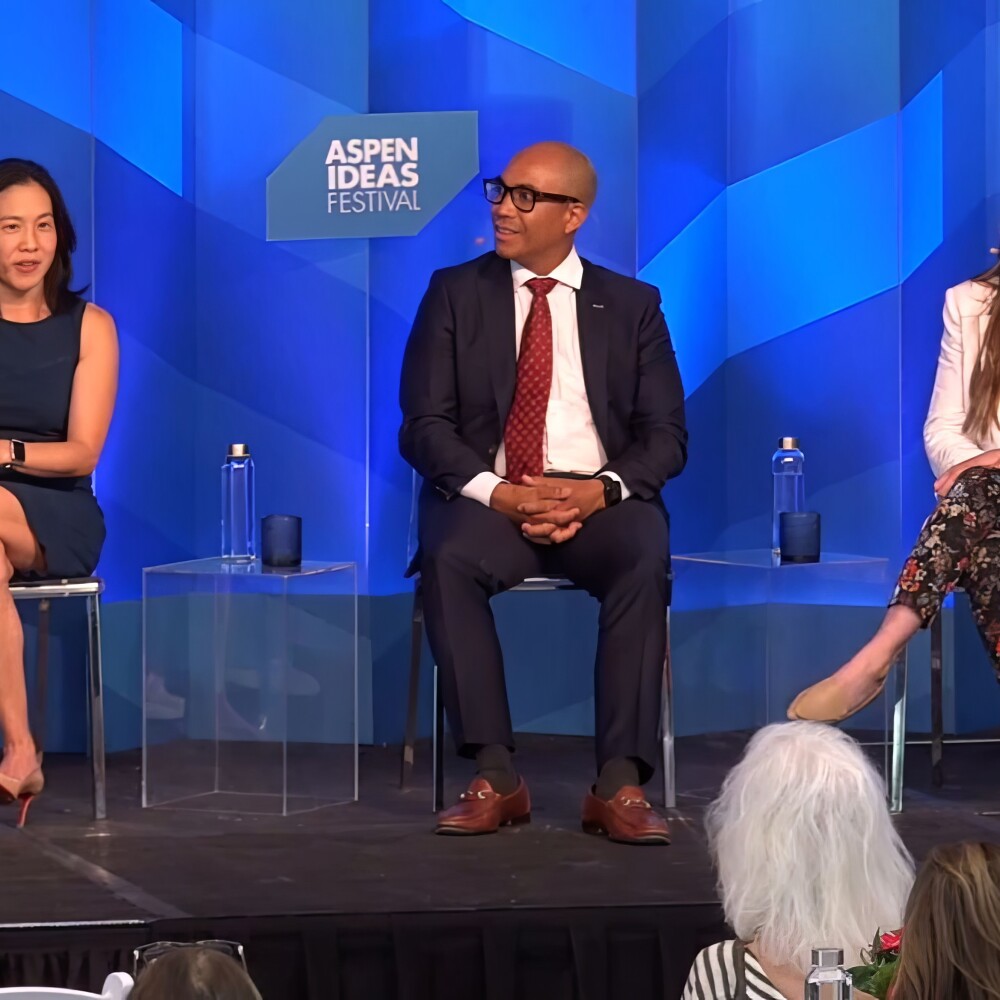When Abe Clayman talks about the need for schools to understand the impacts of trauma on children, he tells the story of Mackenzie, a four-year-old student in Washington, D.C., whose father recently passed away.
The girl missed multiple days of school after her father’s death. Her mother became depressed and began showing up at school intoxicated – incidents that Mackenzie (whose name has been changed for privacy reasons) witnessed.
Her school intervened to address the crisis and contacted the D.C. Child and Family Social Services Agency, which helped the girl’s mom get into a substance abuse program. Social workers secured grief counseling for the family and financial assistance to pay for funeral costs.
The actions made a difference. Mackenzie is now back at school on a regular basis and her mother is sober.
“Put another way, this family experienced a traumatic event and the city responded with trauma-specific services in an effective way,” says Abe, principal at KIPP DC’s LEAP Academy pre-school. “Unfortunately, traumatic events like this happen all the time and their impact can be huge.”
To confront the debilitating impact that trauma can have on students and their future, Abraham and a group of principals from D.C.’s public charter and district sectors united to research and develop a menu of proposed solutions for city policymakers.
They recommended:
· A citywide, common strategy for creating ‘trauma-informed schools’ in both the charter and district sectors.
· Creating an ongoing assessment of how schools address and respond to students who have suffered trauma or other adverse childhood experiences.
· Ongoing training for all teachers in both sectors about trauma and its lasting effects.
“We need to have educators who are knowledgeable about trauma and adverse experiences to help build a better community,” says Morrise Harbour, principal at D.C.’s Friendship Public Charter School, which serves 700 students from pre-K through 8th grade.
The principals launched their project as part of their enrolment in Georgetown University’s Executive Master's in Leadership (EML) program, which brings together district and charter leaders in D.C. to tackle common challenges. The Walton Family Foundation provides funding in partnership with the D.C. Public Education Fund and D.C. Public Schools.
For their project, Abe, Morrise and their colleagues identified the need for a comprehensive “trauma-informed approach” that equips teachers and schools with the skills needed to aid students in trouble – those coping with traumatic experiences that might otherwise go unnoticed.
Trauma has the ability to block a young child from seeing his or her own self-worth, believing that they are powerless and do not have the ability to change their circumstances.
Mackenzie’s family clearly experienced trauma, but thousands of students in D.C. endure ‘adverse childhoold experiences’ (ACEs) that can range from domestic violence to neglect, to divorce or enduring the incarceration of a parent.
All of those experiences can impact a child’s academic performance, attendance and behavior at school. But they can be invisible to school staff. Misunderstood, the behaviors related to the trauma can lead to discipline or suspension and – if unaddressed - poor life outcomes as adults.
“For some students, they need very specific services because they really have been traumatized,” says Abe. “Other students who have had adverse experiences as children may not need counselling or direct services, but they do need a caring and responsive adult in the school building, just like they need one in the home.”
Adds Morrise: “Unaddressed trauma can impact a student’s overall success rate. They may be reprimanded, or get an out-of-school suspension. When that happens, schools are setting up a child for failure. It puts a stigma on the individual and sometimes it happens because we (as educators) didn’t really understand what was going on.”
The project’s authors credit the District of Columbia for taking “several solid steps” already to address trauma. They say several schools are connected to outside organizations – such as Turnaround for Children and the Wendt Center for Loss and Healing – that provide supports like on-site clinicians or access to social-emotional supports.
The city has also announced funding to improve early intervention and treatment for students impacted by trauma.
“But we don’t feel like there is a named, city-wide strategic approach that says ‘this is a public health issue and we need to be focused on it,’ ” Abe says. “The second thing is, we haven’t seen schools use an assessment of their own practices and the extent to which they are trauma-informed.”
More can be done, the Georgetown EML class feels, to fully integrate knowledge about trauma into policies and practices and to develop an ongoing assessment tool for schools. Teachers should receive ongoing training, for example, to identify and address the effects of adverse childhood experiences.
“It’s important that teachers find additional ways to build relationships,” says Morrise. “Those relationships, we know, lead to student success.”
Because a child spends the majority of their day at school, the adults in the school have the responsibility of ensuring that their interactions with students do not retraumatize them.
The more educators know, Abraham says, the less likely students are to be “retraumatized” at school.
At his school, Abe says even seemingly small actions can make a difference. Like having teachers get down and talk to students at eye level rather than looming over them, or leaving office doors open during meetings if students or parents are uncomfortable.
“I don’t think teachers need to become detectives and figure out every bad thing that has happened to a kid,” he says.
“But it’s important they recognize signs of students who are demonstrating that they have had a traumatic experience that they haven’t really processed or appropriately addressed.”




